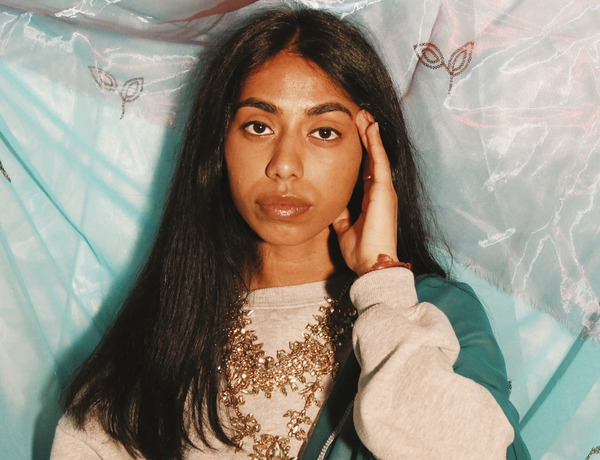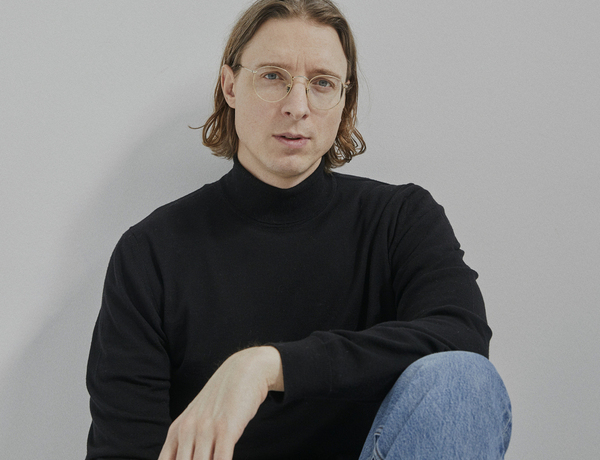Interview with Dylan Mulvaney
Could you tell us a bit about yourself?
My name is Dylan Mulvaney. I’m a graphic designer living and working in New York City. I’ve lived in Brooklyn’s Greenpoint neighborhood for the past 13 years. I’m head of design at Gretel, an independent branding, strategy, and design studio based in Brooklyn’s Bed-Stuy neighborhood.
I spend my weekdays in the Gretel studio, working with our team of thirty-five very talented people from around the world. I spend my weekends moving around the city, soaking up as much culture as possible.
Where did you grow up?
I grew up in Coggon, Iowa. It’s a town of about 700 people in the heart of the midwest, near the Mississippi River. There are probably more people living on my block in Brooklyn than in my hometown.
It was a very rural, blue-collar area. My dad was a mechanic, and my mom was a schoolteacher, then a stay-at-home parent. Most of my friends’ parents were farmers. There weren’t any artists or designers to be found.
What initially inspired you to pursue a career in design?
Like everyone, I spent a lot of time making art as a kid. I loved anything analog – painting, drawing, sculpting, and stamping.
When I was in 5th grade, my family got a computer. It was an ugly beige PC, but it had Windows 98 and the internet, which blew open my world. Around the same time, I bought a digital camera and started doing digital versions of things I'd done in an analog way before, like making CD covers and greeting cards. I did a lot of clone stamping photos and adding horrible typography. I also started doing some amateur web design. Thankfully there's no evidence of that.
During high school, I got more serious about web design. I took some college classes and learned I didn't want to code. I was creating and appreciating graphic design without knowing what it was called. I finally discovered the term on a job shadow at a local newspaper which led me to study graphic design after high school.

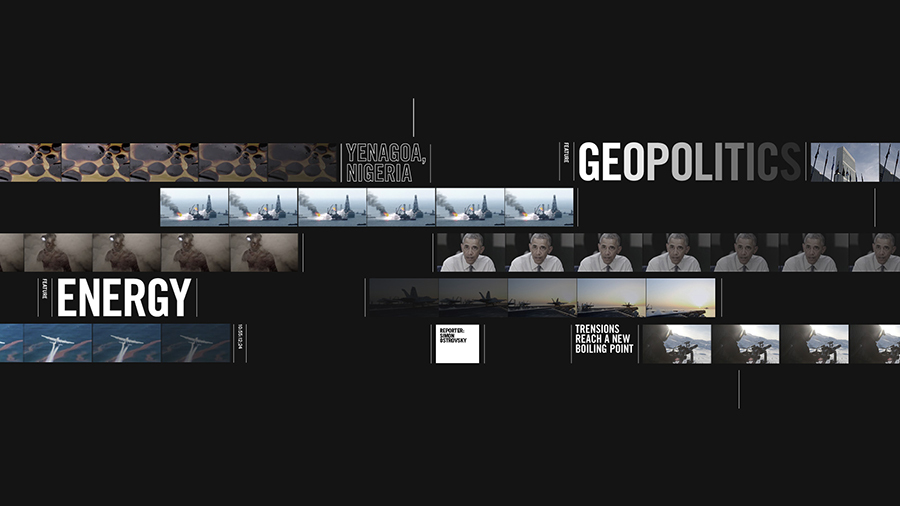
Why and when did you move to New York?
The summer before my senior year of college, I got two design internships in New York City.
On Mondays and Tuesdays, I interned at Athletics—a great design studio that's still in Williamsburg, Brooklyn. I worked on everything from T-shirts for Sesame Street to an infographic about the war in Iraq. The real-world work I added to my portfolio led directly to other opportunities and helped me get to where I am today.
On Wednesdays, Thursdays, and Fridays, I interned at Rad Mountain—a design collective in Gowanus, Brooklyn. I worked with people specializing in identity design, motion, illustration, printmaking, and even textiles. They each shared their web of contacts across different studios, which is how I met Greg Hahn, Gretel's founder.
How would you describe your creative process?
At Gretel, our projects typically move through five phases. We begin with the Discovery phase, looking at everything and talking to everyone so that we understand the problem clearly. Next comes Strategy, building a foundational framework to guide visual and verbal expression. Overlapping Strategy is Lab, exploring visual and verbal identity through sketching, experimentation, and iteration. Then Application, applying the chosen direction to the project’s deliverables, templates, and tools. We finish with a Support phase, building and delivering comprehensive brand guidelines and assets.
There are a few principles that guide me through that process. First, I try to be open-minded and adaptable. Charles Eames said, “The extent to which you have a design style is the extent to which you have not solved the problem,” which is very accurate. I try to start each project without preconceptions and embrace new ideas and influences as they arise. Second, I am guided by a mantra of sorts – the problem is the solution. As I design a brand, I look for organic solutions that convert problems into advantages – and the clearer the problem is, the clearer the solution is. Third, I commit and commit fully. Branding can be a long and complicated process with ups and downs. In my experience, there is no shortcut. You have to get up early and do the work – whatever the circumstances.

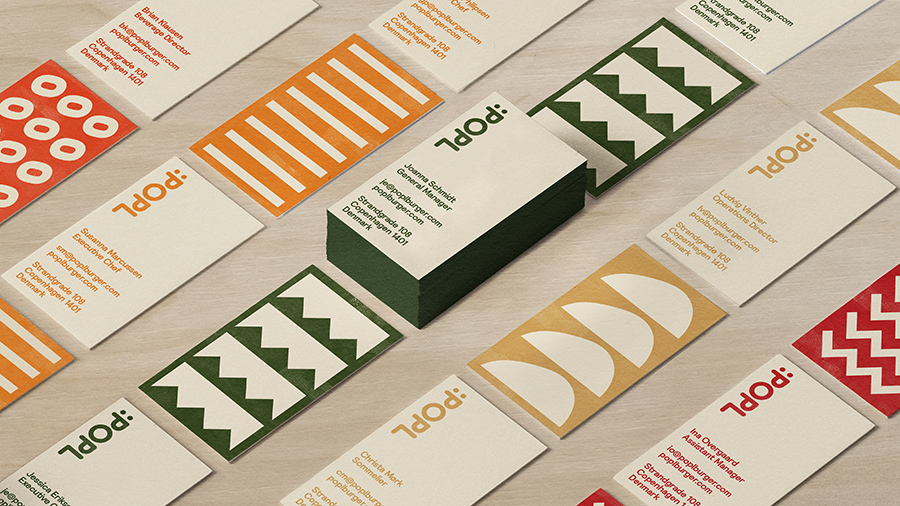
How much does the city and surroundings affect your creative output?
There’s a reason that New York City has attracted generation after generation of artists and designers.
The city provides so many opportunities. There is a strong design community and culture that feeds into my work. The colleagues, clients, and projects here are some of the best in the world.
The city also inspires. The beauty of New York City is the huge variety of people and ideas vibrating off of each other. A busy street corner and MoMA are equally inspiring. New and sometimes unexpected experiences challenge me to learn, grow, and see the world differently.
The responsibility of the council in every city is to provide a solid foundation of design, art and cultural facilities, is that still evident in New York?
Relative to the rest of the country, New York City provides strong public funding for art and design education, organizations, and projects. Relative to Europe, we’ve got a long way to go.
I’d love to see more public funding across more areas. Publicly funded organizations and projects don’t face the same pressures as their private counterparts. Public funding enables artists to innovate, organizations to broaden access, and New Yorkers to enrich their lives.
Can you tell us about any current or future projects that you are particularly excited about?
We just launched a comprehensive identity framework for Rhode Island School of Design – one of the world’s leading art and design schools. Over one year, Gretel partnered with RISD and research agency ON ROAD to tie all parts of the institution together and amplify the voices of its diverse and distinctive community. You can see the full process and outcome on our case study.
We also designed Noma 2.0: Vegetable, Forest, Ocean – the new book from René Redzepi and the Noma test kitchen, continuing Gretel’s productive partnership with the internationally renowned restaurant. The book and its design are both driven by seasonality. It features four essays and nearly 200 dishes, each photographed in spectacular beauty and detail. The book is available for pre-order and goes on sale on November 8th. Our case study is coming soon.

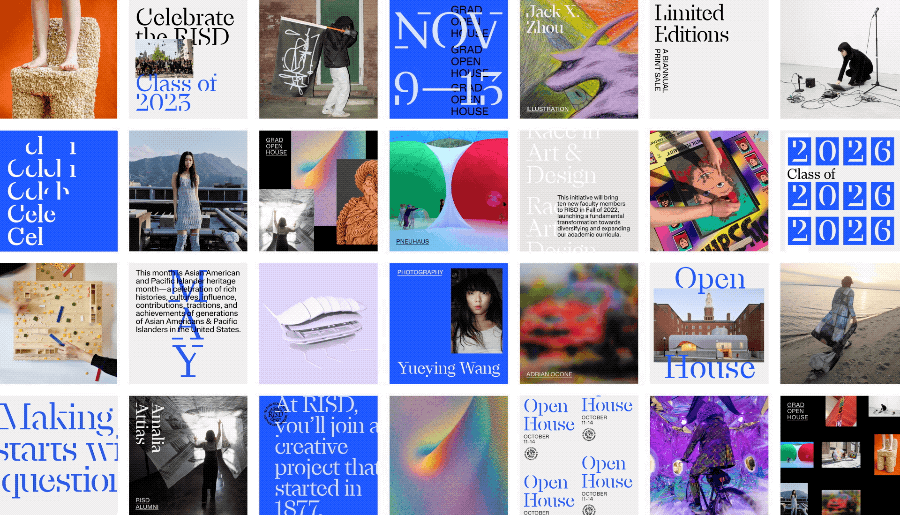
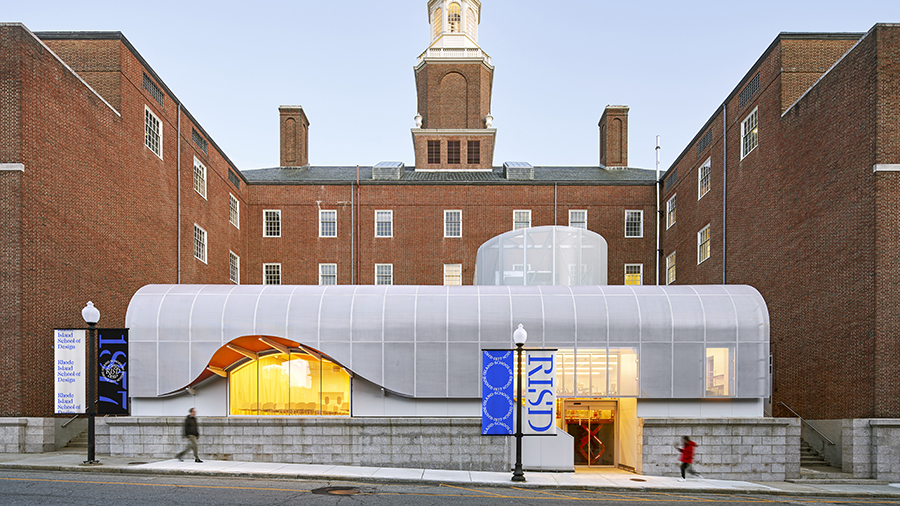
If you could add or change something about New York, what would that be?
In 1970, Hunter S. Thompson ran for Sheriff in Aspen, Colorado. The first proposal on his agenda was to “rip up all city streets with jackhammers” and “sod the streets at once... All public movement would be by foot and a fleet of bicycles.”
I think Thompson was onto something. Since the COVID pandemic started, it’s been obvious that New York City needs more safe and accessible open spaces.
Design has the power to improve our quality of life and serve the public interest. I’d love to redesign New York City’s largest public asset, its streets. We could create a healthier, greener, more connected city by transforming space for cars into public green space alongside protected bike and bus lanes.
New York City’s Open Streets program is a start, but we need to go much further.
What would be your dream project?
My dream projects tend to be in other disciplines. I’d love to design a clock, house, shoe, or landscape.
If I limit myself to graphic design, I’d love to do branding for The Olympic Games. It’s the biggest branding project in scale, complexity, and visibility. Creating a concept that expresses a specific culture yet can be universally understood would be an exciting challenge. Collaborating with a multidisciplinary, multicultural team of graphic designers, architects, and urban designers would be very rewarding.
If you could choose any artist/creative to collaborate with, who would that be and why?
I would love to work with experimental theater director Robert Wilson.
It would be a chance to design a total experience using many different mediums. I could create sets, furniture, lighting, video, and sound with a focus on emotional effect and expressiveness that only exists in art.
It would also be an opportunity to collaborate with playwrights, performers, composers, and choreographers at the top of their fields. A huge part of being a good designer is looking outward and being inspired by disciplines beyond design.

What do you do to switch off?
When I want to switch completely off, I bicycle around the city. I used to ride pretty casually, but my miles ramped up at the start of the COVID pandemic. I love biking because it’s physical and mental. It forces you to focus on your immediate task and environment. A long ride around the city leaves me satisfyingly spent.
Describe the perfect day for you in New York.
My perfect day in New York City would be spent exploring high and low.
I’d start with breakfast from a local bodega in Greenpoint. My go-to is an egg sandwich from the deli counter with a juice to go. Then I’d walk to the nearest local park to sit and eat.
I’d spend the rest of the morning and early afternoon exploring a different neighborhood on my bike. Biking lets you move freely and quickly while still connecting to your surroundings. I love seeing the texture of the city change as I explore new bookstores, galleries, and parks.
That night I would eat an early dinner at a restaurant I’d never tried, then attend a play or concert. New York City has an amazing variety of live performances every night – big and small, old and new, accepted and avant-garde.
After all of that, I’d head back home and call it a night.
What music do you listen to while creating?
I design to the sounds of our studio so I can stay focused. I listen to music while moving around the city or winding down on weekends. I’d love to share ten songs by artists across the ages capturing the restless rhythms and daily dramas of New York City.
Sometimes people relate a specific smell to the city they live in or the place they grew up, does New York evoke a personal smell to you?
I’ve never had a sense of smell, which is a mixed blessing in New York City. When I’m exploring the Flower District, it’s a disadvantage. When I’m walking past piles of garbage bags, it’s an advantage. I’ve never experienced that spectrum of smells, so I don’t feel any loss. I’m sure it affects my sense of memory, but I don’t have any alternate experience to compare.
If you weren't living in New York and could choose any city to live in, where would that be, and why?
That’s a tricky question.
August was a remote month at Gretel, so I recently relocated to Mexico City for its rich culture and proximity to New York. On weekdays I worked during the day and explored my neighborhood at night. On weekends I pushed into other neighborhoods and even surrounding towns. It was such a rewarding experience that I’m already thinking about a remote month in Buenos Aires.
That said, I wouldn’t want to live in another city full time unless I can speak the language and fully participate in the culture. If I could snap my fingers and acquire a second language, I’d move full-time to Tokyo. I visited the city in 2018, and its mix of traditional craft and contemporary ideas is a designer’s dream.
In reality, New York City is my chosen home. Its sharp, restless creative energy drew me in and is the reason I’ll never leave.
new york by Dylan Mulvaney
A selection of places in New York - recommended by graphic designer Dylan Mulvaney. See Dylan's citylikeyou profile page here
More Interviews


